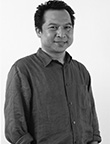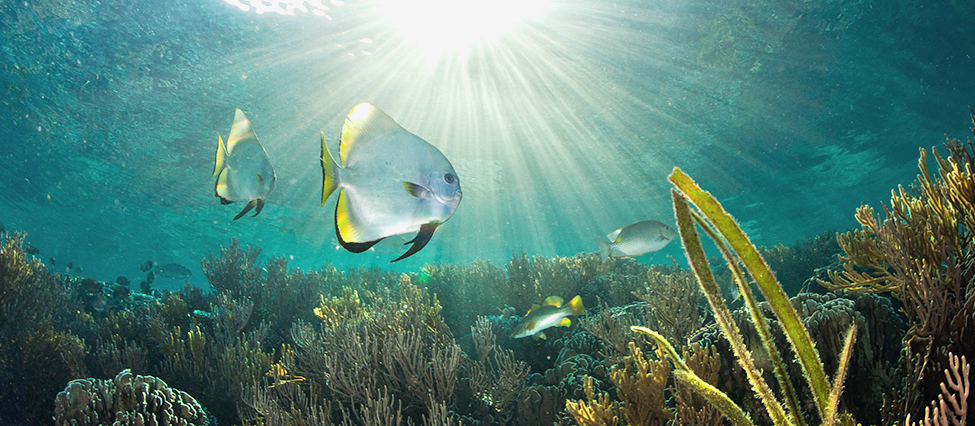
across Europe, the Americas, Asia, Africa and the Pacific
covering operations in more than 55 countries. Greenpeace has 3
offices in Southeast Asia - in Thailand, the Philippines and Indonesia.

Longgena Ginting Country DirectorGreenpeace Southeast Asia - Indonesiais father to a 13 year old girl and has been part of the environmental movement both in Indonesia and globally for more than 20 years. He worked for WALHI (the Indonesian Forum for Environment) in Jakarta, FoEI (Friends of the Earth International) in Amsterdam, and is now the Country Director of Greenpeace Indonesia since December 2012.

Tara Buakamsri Country DirectorGreenpeace Southeast Asia - Thailand is one of founding members of Greenpeace Southeast Asia and has been actively work- ing for organization since December 1998. Since 1989 Tara worked for several civil societies, non-govern- mental sectors, advocacy groups and academic/research institutes in Thailand and Mekong region. Tara is now Country Director of Greenpeace Southeast Asia in Thailand since August 2014.

Amalie Conchelle C. Hamoy-Obusan
Country Director
Greenpeace Southeast Asia - Philippines
Amalie’s (or Ali) most important work is being a mother to her children – Thaddy (10) and Mina (6) who drive her passion & commitment to work on environmental issues. She has more than 15 years of experience working in the environment & conservation movement. Most of her work focused on renewable energy policy having co-authored the ASEAN Energy [R]evolution Outlook (2013) and having contributed as the lead country and regional researcher for the Global Renewable Status Report from 2010-2013. She is now the Country Director of the Philippine office of GPSEA.

As we to work and promote greener solutions to solve many of the region’s environmental challenges and problems, Greenpeace Southeast Asia continues to grow and innovate.
Currently, strategic changes are happening within the organisation, around the world and in our region to enable us to soar to greater heights. At the heart of this change, is our ambitious new Operating Model that will streamline and improve our decision-making, organisational structures and processes, training and hiring of people, and help us use technology to better deliver fast paced campaigns. Through this model we have:
Change can be challenging, but the planned changes take us to greater heights: we strive to be an organisation that is lean, agile, integrated, innovative and one that is capable of delivering our goals while at the frontlines of the environmental movement.
The new model also allows for people from across Greenpeace to collaborate and share their expertise, strengthening our campaign work, as well as offer greater access to the vast and diverse skill-sets of our staff and community members.
The new model works in collaboration with the environment movement and offers our allies, volunteers, supporters and donors a greater voice in Greenpeace Southeast Asia, ensuring that leadership is nurtured and invested in.
Given that positive changes are already taking place in the organisation, 2015 will see Greenpeace Southeast Asia staff and supporters play an even greater role in leading activism on critical issues as we fight to save our planet.